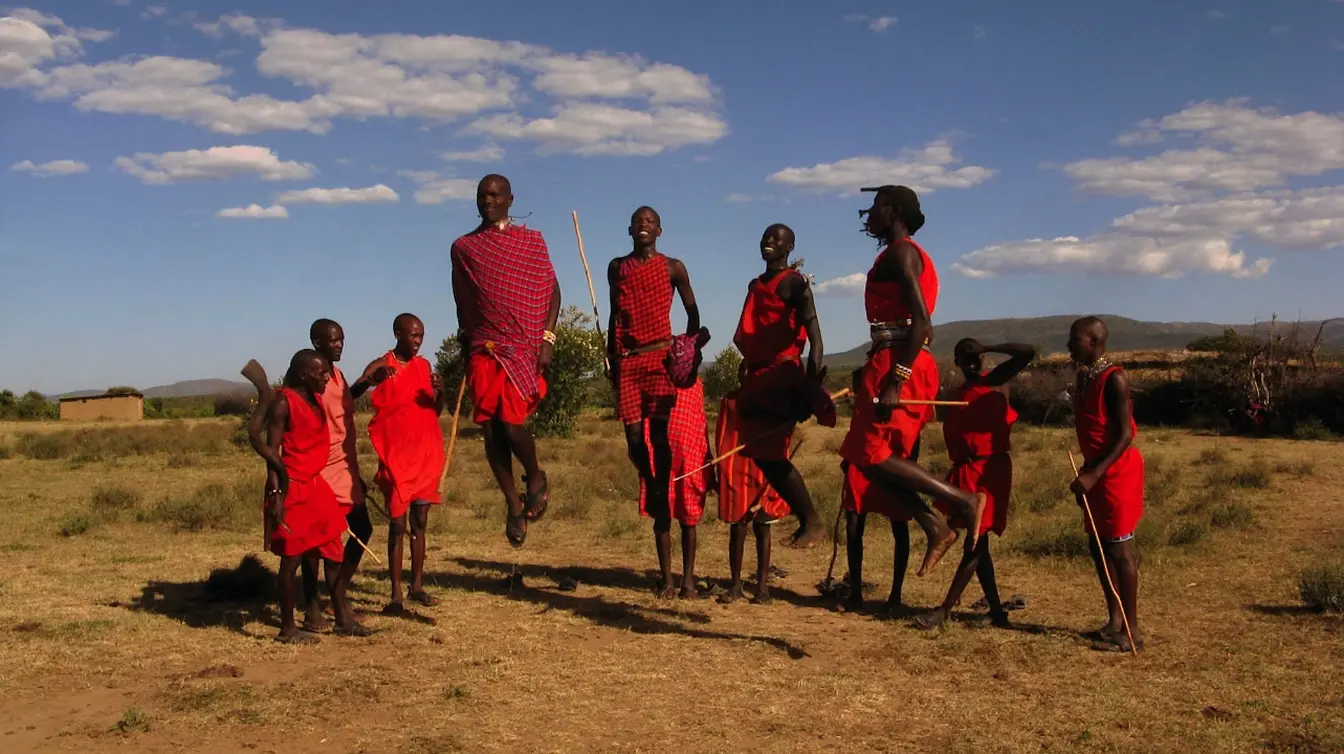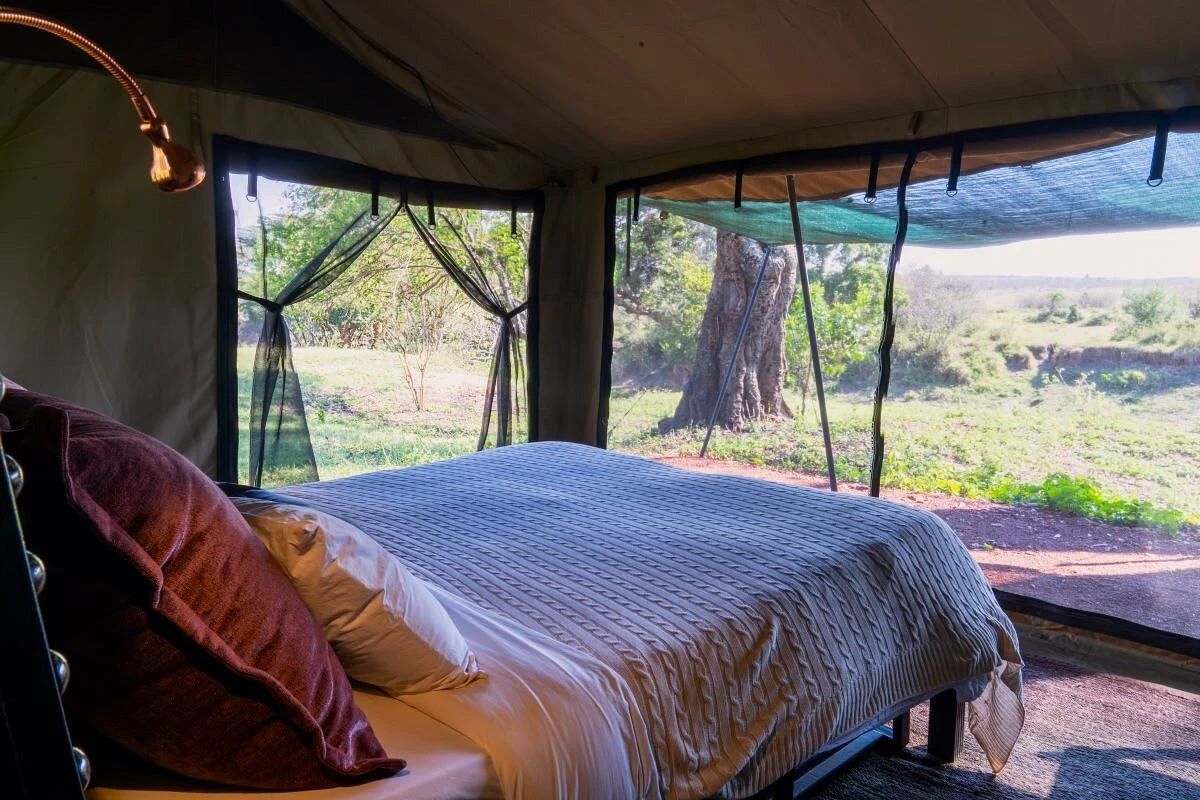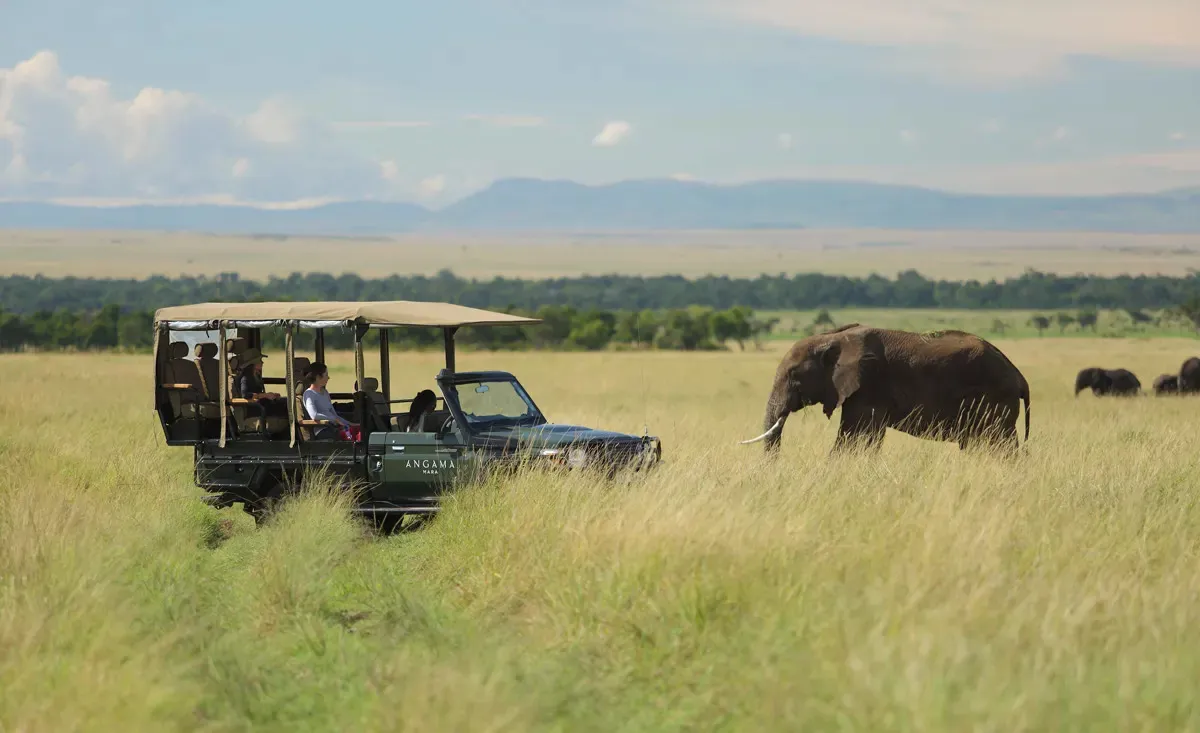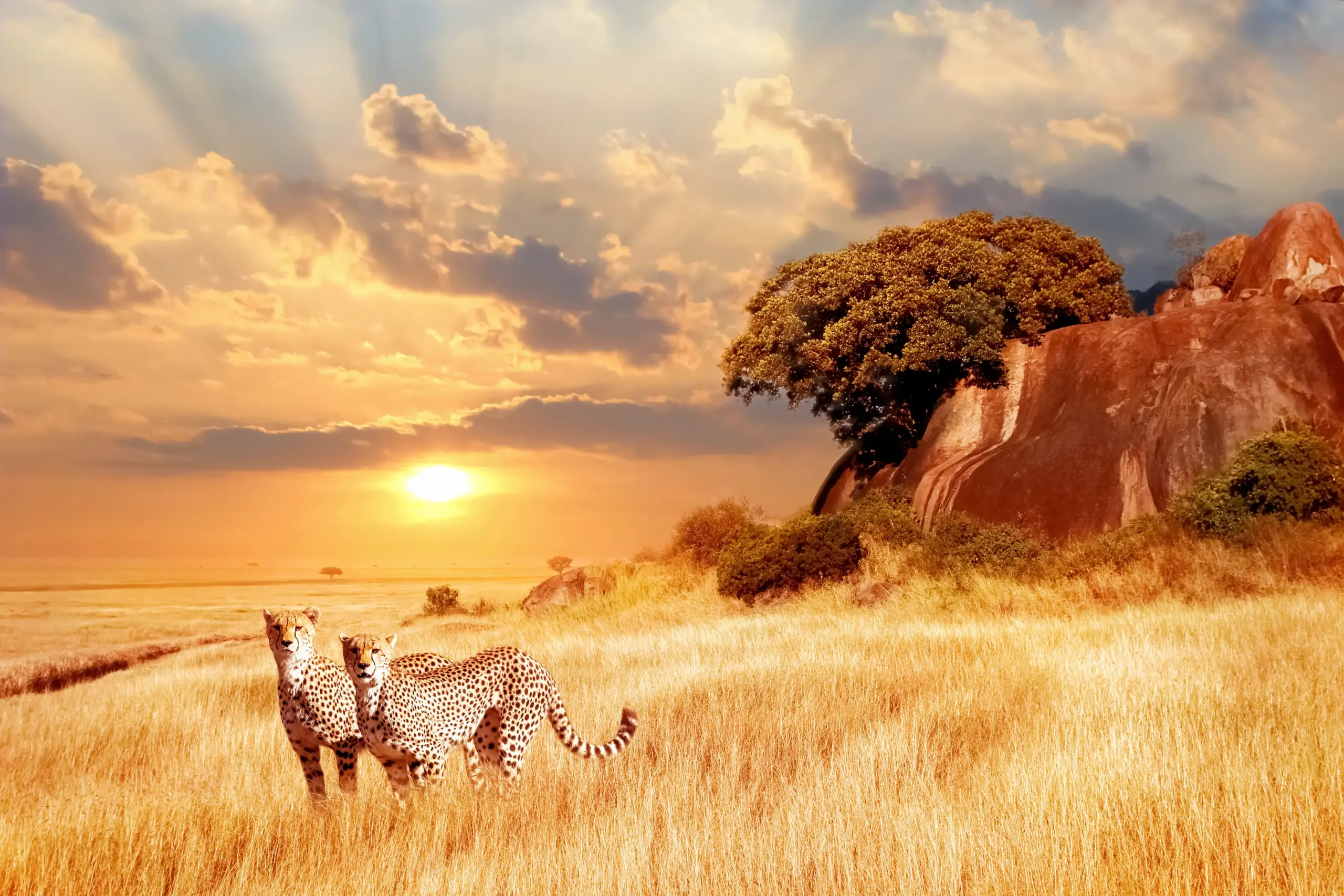Guide to Masai Mara Animals
The Big Five animals and other wildlife. Although the Great Migration and the Big Five are key attractions for safari enthusiasts visiting the Masai Mara, this region offers a rich tapestry of wildlife that extends beyond these highlights. This vibrant corner of Africa boasts an impressive variety of wild creatures. With nearly 90 mammal species and many more bird species, the Mara ecosystem keeps visitors scanning the horizon for their next unforgettable wildlife encounter. Among the diverse wildlife, the mountain zebra stands out when compared to other zebra species. It is smaller than the plains zebra and Grevy’s zebra, and it inhabits mountainous regions. The mountain zebra’s social structure is also distinct, often forming small family groups.
Book Your Masai Mara Safari Tour with US
We trust that this information will spark your interest in selecting the Masai Mara as your upcoming travel destination. Should you have any inquiries or require detailed information about the animals in the Masai Mara or wish to arrange a safari, please complete our contact form, and we will respond promptly! Additionally, you can contact us via email at [email protected] or [email protected]. We are also accessible through WhatsApp or phone at +254 748 258880.
The Big Nine
Beyond the famous ‘Big Five’—lion, elephant, leopard, rhino, and buffalo—the Masai Mara is home to a wide variety of critically endangered species and other wild animals. Below is an overview of the creatures you might encounter during your Masai Mara excursion.
Why settle for just the ‘Big Five’ when you can explore the ‘Big Nine’? This group includes the Big Five plus the giraffe, cheetah, hippo, and zebra. Many of these animals can be spotted on a Masai Mara safari. The zebra species in the Mara include the plains zebra, Grevy’s zebra, and the mountain zebra, each offering distinct features and habitats. Here’s a closer look at these four additional members of the Big Nine that you’ll want to see on your wildlife journey.
Giraffe (Giraffa)
The Masai giraffe (Giraffa camelopardalis tippelskirchii), the tallest land mammal, is a stunning sight. Known for their graceful movements and striking appearance, giraffes can reach speeds of 50-60 kilometers per hour. Kenya is home to various Masai giraffe subspecies. In Northern Kenya, you’ll find the reticulated or Somali giraffe. Particularly rare is Rothschild’s giraffe, whose classification as a separate subspecies is still debated.
In Southern Kenya, Masai giraffes roam. These giraffes are distinguished from reticulated giraffes by their jagged body spots, as opposed to polygonal liver-colored spots. Around 33,000 Masai giraffes inhabit this region, mostly living in small groups. They spend approximately 16-20 hours daily feeding, with acacia tree leaves being their preferred snack. Their long tongues and lips adeptly navigate the acacia thorns to access the leaves. With fresh vegetation, they can go weeks without water. Typically, male giraffes feed from the top branches of acacia trees, while females feed from the lower branches. Their primary threats are hyenas, lions, and poachers. Their best defense is their ability to flee swiftly and, if necessary, deliver a powerful kick.
Cheetah (Acinonyx jubantus)
The cheetah is one of the most iconic animals in the Masai Mara, hunting in open areas in groups of up to five cheetahs. These big cats have flexible spines that allow for rapid acceleration, reaching speeds up to 110 kilometers per hour. In just three strides, they can go from 0 to 64 kilometers per hour. Their long tails act as rudders, enabling sharp turns while chasing prey. Though often confused with leopards, cheetahs are slimmer, with longer bodies and smaller, rounder faces. Female cheetahs are solitary, while males are not. Females only interact with adult males for breeding and raise their cubs alone. When male cheetahs cubs reach eighteen months, the mother leaves them to fend for themselves.
Sibling cubs usually stay together for about six months. Around two years, female siblings leave to live solitary lives, while male siblings form lifelong ‘coalitions’ of two to three members. Cheetahs hunt in the early morning and late afternoon, preying on small antelopes, kudu, warthog, hartebeest, oryx, sable, and occasionally game birds and rabbits. Unfortunately, cheetahs are now classified as critically endangered by the IUCN due to a significant population decline, with an estimated 10,000 to 12,000 remaining in the wild.
Hippo (Hippopotamus amphibius) – Dangerous Animals
Hippos are the third-largest land animals, with adult males weighing up to 1,500 kilograms. You’ll find them in rivers, swamps, and along lake shores, spending their days keeping cool in water and mud in family groups. At dusk, they leave the water to graze on grass. The Masai Mara National Reserve hosts large numbers of hippos. Male hippos (bulls) dominate specific river stretches, overseeing five to 30 female hippos and their young. Hippos are among the most aggressive and most dangerous animals anywhere in Africa, with approximately 125,000 to 150,000 residing throughout Sub-Saharan Africa.
Zebra (Equus quagga)
The Masai Mara is home to large herds of plains zebras, slightly smaller than Grevy’s zebras but larger than mountain zebras. Their stripes are broader than those of other zebra types. Plains zebras inhabit treeless grasslands and savanna woodlands in tropical and temperate climates. They are preyed upon by lions, spotted hyenas, crocodiles, cheetahs, and African wild dogs. Plains zebras are highly social, forming harems with one male stallion, several female mares, and their young. Bachelor male plains zebra in groups also exist. Occasionally, multiple groups join to create herds, working together to watch for predators. When a predator is detected, the stallion snorts or barks to protect his harem.
Other Masai Mara Animals
Beyond the renowned Big Five and Big Nine, the Masai Mara offers a rich diversity of fascinating mammals. Among these, the mountain zebra is particularly noteworthy, differing from its relatives, the plains and Grevy’s zebras, in both size and social behavior.
Aardvark (Orycteropus afer)
Aardvarks are small, burrowing creatures with elongated snouts and powerful claws. These nocturnal animals are native to Africa and primarily consume ants and termites. They have a hairless body, short legs, and strong claws ideal for digging.
Aardwolf (Proteles cristatus)
The aardwolf resembles a small striped hyena, featuring a yellowish coat with black stripes and a bushy, black-tipped tail. It has a coarse mane along its back and longer front legs compared to its hind legs. Aardwolves are nocturnal and typically live solitary lives.
African Hare (Lepus capensis)
The African hare can be found in the wooded savannas and grasslands of Africa. Usually solitary, they sometimes gather in small groups to protect against predators during feeding.
Banded Mongoose (Mungos mungo)
This mongoose species is prevalent in central and eastern Africa, thriving in savannahs, forests, and grasslands. They often reside in termite mounds and live in colonies. Banded mongooses are characterized by either brown or grey fur with dark bands from shoulder to tail.
Additional Land Animals in the Maasai Mara National Reserve
Bat Eared Fox (Otocyon magalotis)
Bushbaby (Galago senegalensis)
Bushbuck (Tragelaphus scriptus)
Coke’s Hartebeest (Alcelaphus buselaphus cokii)
Common Eland (Taurotragus oryx)
Copper Tailed Monkey/ Red Tailed Monkey (Cercopithecus Ascanius)
Crested Porcupine (Hystrix cristata)
Dwarf Mongoose (Helogale parvula)
Grant’s Gazelle (Gazella granti)
Honey Badger (Mellivora capensis)
Impala (Aepyceros melampus)
Kirk’s Dik-Dik (Madoqua kirkii)
Klipspringer (Oreotragus oreotragus)
Mountain Zebra (Equus zebra)
Olive Baboon (Papio cynocephalus Anubis)
Oribi (Ourebia ourebi)
Pangolin (Manis temminckii)
Side Striped Jackal (Canis adustus)
Slender Mongoose (Herpestes sanguineus)
Find Out More About Masai Mara
Welcome to AjKenya Safaris
Thanks for stopping by! We’re excited to help you plan an unforgettable safari.
- Phone: +254 748 258880
- WhatsApp: +254 748 258880
- Email: [email protected]
- Email: [email protected]








